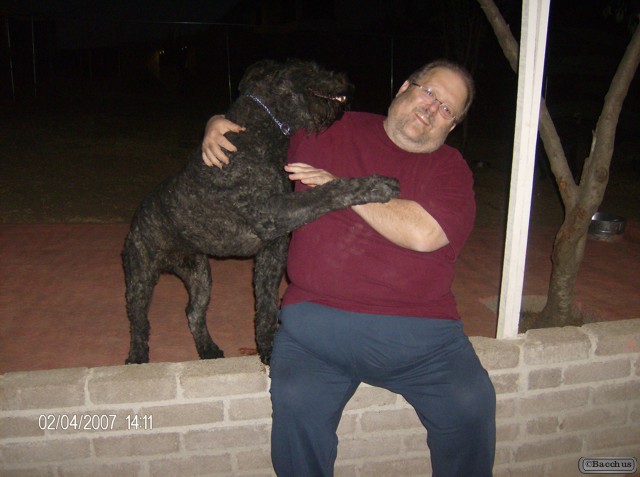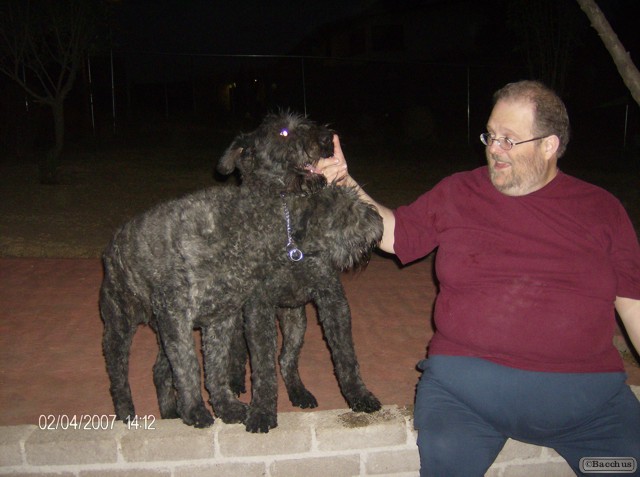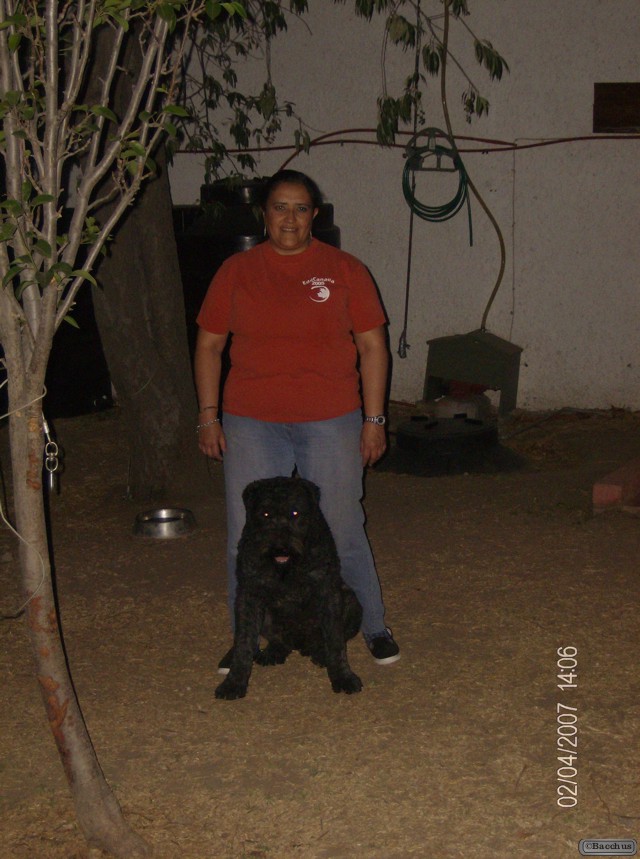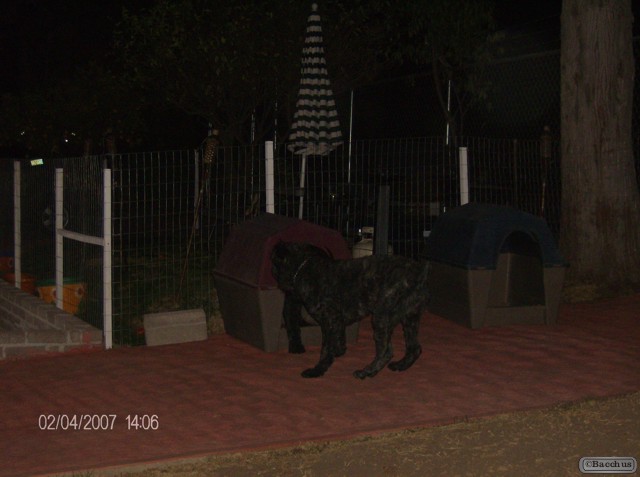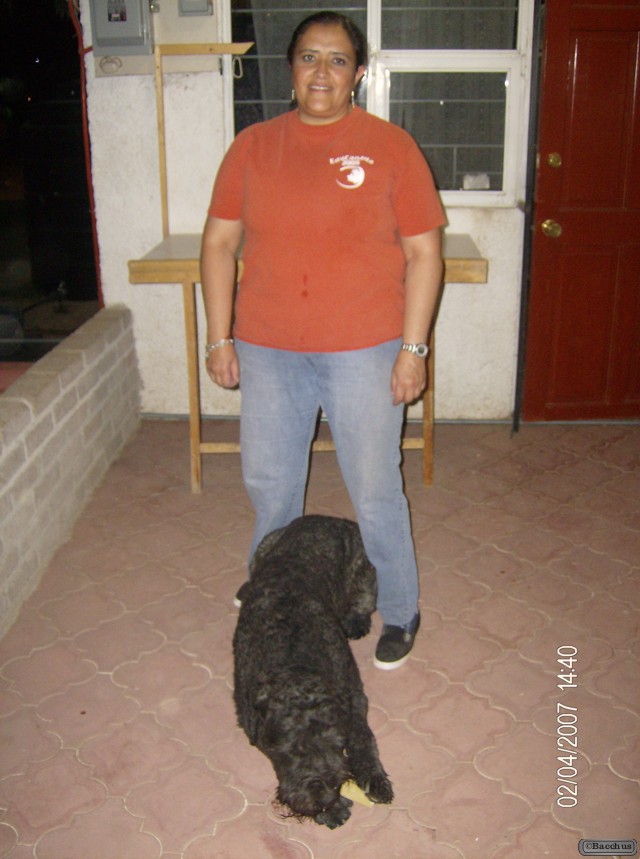Family
Family
CAMS
Developed with funding from the Ontario Ministry of Health and Long-Term Care, via the Ontario Stroke Network, the Communicative Access Measures for Stroke (CAMS) is a set of simple and practical measures, which may be useful in developing heath equity plans, accreditation planning, service quality improvement initiatives and continuing education needs assessments related to stroke care in various healthcare settings. The measures include three questionnaires for evaluating status and satisfaction with communicative access in stroke care:
- CAMS1 Policies and Procedures
- CAMS2 Frontline Practice
- CAMS3 Patient Satisfaction
This tool will be in helpful in developing health equity plans, accreditation planning, service quality improvement, and continuing education needs for stroke survivors in various health care settings.
CAMS will be ready in Winter 2015.
Norma
History
Emergence and Development: c. 1970-2000
Several key events occurred, which raised public awareness of the New Age subculture: publication of Linda Goodman’s best-selling astrology books Sun Signs (1968) and Love Signs (1978); the release of Shirley MacLaine’s book Out on a Limb (1983), later adapted into a television mini-series with the same name (1987); and the “Harmonic Convergence” planetary alignment on August 16 and 17, 1987, organized by José Argüelles in Sedona, Arizona. The Convergence attracted more people to the movement than any other single event. Heelas suggested that the movement was influenced by the “enterprise culture” encouraged by the U.S. and U.K. governments during the 1980s onward, with its emphasis on initiative and self-reliance resonating with any New Age ideas.
The claims of channelers Jane Roberts (Seth Material), Helen Schucman (A Course in Miracles), J. Z. Knight (Ramtha), Neale Donald Walsch (Conversations with God) (note that Walsch denies being a “channeler” and his books make it obvious that he is not one, though the text emerged through a dialogue with a deeper part of himself in a process comparable to automatic writing) contributed to the movement’s growth. The first significant exponent of the New Age movement in the U.S. has been cited as Ram Dass. Core works in the propagating New Age ideas included Jane Roberts’s Seth series, published from 1972 onward, Helen Schucman’s 1975 publication A Course in Miracles, and James Redfield’s 1993 work The Celestine Prophecy.[81] A variety of these books were best sellers, with the Seth book series for instance selling over a million copies. Supplementing these books were videos, audiotapes, compact discs and websites. The development of the internet in particular further popularized New Age ideas and made them more widely accessible.
In Britain during the 1980s, the term “New Age Travellers” came into use, while the term “New Age” came to be used increasingly widely by the popular media in the 1990s.
Luc Paquin
ALA
Assessment for Living With Aphasia (ALA)
Developed with funding from the Ontario Ministry of Health and Long-Term Care, via the Ontario Stroke Network, this comprehensive assessment package provides tools to better assess the impact of aphasia and identify the factors that affect the quality of life and exacerbate or reduce disability.
Benefits of the Assessment
- Provides quantitative and qualitative data from the perspective of the person living with aphasia
- Uses pictographic approach which allows for participation across a full range of severity
- Based on Living with Aphasia: Framework for Outcome Measurement A-FROM
- In line with World Health Organization’s ICF
- Psychometrically sound: demonstrated reliability and validity (n=101)
- Captures real-life issues for planning and evaluating aphasia treatment and making funding decisions
Norma
History
Emergence and Development: c. 1970-2000
Sutcliffe argued that between circa 1967 and 1974, the “emblem” of the “New Age” came to be passed from the “subcultural pioneers” of alternative spirituality groups such as that at Findhorn to the wider array of “countercultural baby boomers”, and that as that happened, there was a “fundamental tranformation in meaning” of the term “New Age”; whereas it had once referred specifically to a coming era, at this point it came to be used in a wider sense to refer to a variety of humanistic activities and practices. The counterculture of the 1960s had rapidly declined by the start of the 1970s, in large part due to the collapse of the commune movement, but it would be many former members of the counter-culture and hippy subculture who subsequently became early adherents of the New Age movement. The exact origins of the New Age movement remain an issue of debate; Melton asserted that it emerged in the early 1970s, whereas Hanegraaff instead traced its emergence to the latter 1970s, adding that it then entered its full development in the 1980s. This early form of the movement was based largely in Britain and exhibited a strong influence from Theosophy and Anthroposophy. Hanegraaff termed this early core of the movement the New Age sensu stricto, or “New Age in the strict sense”.
In the latter part of the 1970s, the New Age movement expanded to cover a wide variety of alternative spiritual and religious beliefs and practices, not all of which explicitly held to the belief in the Age of Aquarius, but which were nevertheless widely recognised as being broadly similar in their search for “alternatives” to mainstream society. In doing so, the “New Age” became a banner under which to bring together the wider “cultic milieu” of American society. Hanegraaff terms this development the New Age sensu lato, or “New Age in the wider sense”. Stores that came to be known as “New Age shops” opened up, selling related books, magazines, jewellery, and crystals, and they were typified by the playing of New Age music and the smell of incense. This probably influenced several thousand small metaphysical book- and gift-stores that increasingly defined themselves as “New Age bookstores”, while New Age titles came to be increasingly available from mainstream bookstores and then websites like Amazon.com.
Luc Paquin
History
Antecedents
From a historical perspective, the New Age phenomenon is rooted in the counterculture of the 1960s. Although not common throughout the counterculture, usage of the terms “New Age” and “Age of Aquarius” – used in reference to a coming era – were found within it, for instance appearing on adverts for the Woodstock festival of 1969, and in the lyrics of “Aquarius”, the opening song of the 1967 musical Hair: The American Tribal Love-Rock Musical. This decade also witnessed the emergence of a variety of new religious movements and newly established religions in the United States, creating a spiritual milieu from which the New Age drew upon; these included the San Francisco Zen Center, Transcendental Meditation, Soka Gakkai, the Inner Peace Movement, the Church of All Worlds, and the Church of Satan. Although there had been an established interest in Asian religious ideas in the U.S. from at least the eighteenth-century, many of these new developments were variants of Hinduism, Buddhism, and Sufism which had been imported to the West from Asia following the U.S. government’s decision to rescind the Asian Exclusion Act in 1965. In 1962 the Esalen Institute was established in Big Sur, California. It was from Esalen and other similar personal growth centers which had developed links to humanistic psychology that the human potential movement emerged, which would also come to exert a strong influence on the New Age movement.
In Britain, a number of small religious groups that came to be identified as the “light” movement had begun declaring the existence of a coming new age, influenced strongly by the Theosophical ideas of Blavatsky and Bailey. The most prominent of these groups was the Findhorn Foundation which founded the Findhorn Ecovillage in the Scottish area of Findhorn, Moray in 1962. Although its founders were from an older generation, Findhorn attracted increasing numbers of countercultural baby boomers during the 1960s, to the extent that its population had grown sixfold to circa 120 residents by 1972. In October 1965, the founder of Findhorn, Peter Caddy, attended a meeting of various prominent figures within Britain’s esoteric milieu; titled “The Significance of the Group in the New Age”, it was held at Attingham Park over the course of a weekend.
All of these groups would create the backdrop from which the New Age movement emerged; as James R. Lewis and J. Gordon Melton point out, the New Age phenomenon represents “a synthesis of many different preexisting movements and strands of thought”. Nevertheless, York asserted that while the New Age bore many similarities with both earlier forms of Western esotericism and Asian religion, it remained “distinct from its predecessors in its own self-consciousness as a new way of thinking”.
Luc Paquin
History
Antecedents
Popularisation behind these ideas has roots in the work of early 20th century writers such as D. H. Lawrence and William Butler Yeats. In the early- to mid-1900s, American mystic, theologian, and founder of the Association for Research and Enlightenment Edgar Cayce was a seminal influence on what later would be termed the New Age movement; he was known in particular for the practice some refer to as channeling. Another prominent influence was the psychologist Carl Jung, who was a proponent of the concept of the Age of Aquarius.
Hanegraaff believed that the New Age movement’s direct antecedents could be found in the UFO religions of the 1950s, which he termed a “proto-New Age movement”. Many of these new religious movements had strong apocalyptic beliefs regarding a coming new age, which they typically asserted would be brought about by contact with extraterrestrials. Examples of such groups included the Aetherius Society, founded in the UK in 1955, and the Heralds of the New Age, established in New Zealand in 1956.
Luc Paquin
On-line – Self-Directed Learning
Helpful Materials
When communicating with a person with aphasia, keep some of the following materials on hand to help enable conversation and comprehension:
- Blank paper to present one or two pictured items or words at a time.
- Markers or pencils – the bolder or larger the writing, the better to see so use a thick black marker. For those with aphasia, writing with a pencil is easier. Make sure to place the pencil and paper right in front of him/her.
- Cut out window, created from construction paper – use this to frame one picture at a time.
Paper and flashcards – whether letter-sized or small sheets, flashcard can be used to write keywords (e.g., TOOTHBRUSH) or to introduce or change a topic.
Norma
History
Antecedents
According to scholar Nevill Drury, the New Age has a “tangible history”, although Hanegraaff expressed the view that most New Agers were “surprisingly ignorant about the actual historical roots of their beliefs”. As a form of Western esotericism, the New Age has antecedents that stretch back to southern Europe in Late Antiquity. Following the Age of Enlightenment in 18th century Europe, new esoteric ideas developed in response to the development of scientific rationality. This new esoteric trend is termed occultism by scholars, and it was this occultism which would be a key factor in the development of the worldview from which the New Age emerged.
One of the earliest influences on the New Age was the Swedish 18th century Christian mystic Emanuel Swedenborg, who professed the ability to communicate with angels, demons, and spirits. Swedenborg’s attempt to unite science and religion and his prediction of a coming era in particular have been cited as ways in which he prefigured the New Age movement. Another early influence was the late 17th and early 18th century German physician and hypnotist Franz Mesmer, who claimed the existence of a force known as “animal magnetism” running through the human body. The establishment of Spiritualism, an occult religion influenced by both Swedenborgianism and Mesmerism, in the U.S. during the 1840s has also been identified as a precursor to the New Age movement, in particular through its rejection of established Christianity, its claims to representing a scientific approach to religion, and its emphasis on channeling spirit entities.
A further major influence on the New Age was the Theosophical Society, an occult group co-founded by the Russian Helena Blavatsky in the late 19th century. In her books Isis Unveiled (1877) and The Secret Doctrine (1888), Blavatsky claimed that her Society was conveying the essence of all world religions, and it thus emphasized a focus on comparative religion. Another was New Thought, which developed in late nineteenth century New England as a Christian-oriented healing movement before spreading throughout the United States.[34] Drury also identified as an important influence upon the New Age movement the Indian Swami Vivekananda, an adherent of the philosophy of Vedanta who first brought Hinduism to the West in the late 19th century.
Luc Paquin
On-line – Self-Directed Learning
How to Use Communication Techniques
The fundamental thing to remember when working with someone with aphasia is to be natural. Use communication techniques when breakdowns occur, gradually layering when needed. Overusing communication techniques can also cause incomprehension if the person with aphasia feels you’re being patronizing. Watch the cues from the person with aphasia closely and follow the path that seems to be getting the most response. And remember – everyone experiences communication challenges from time to time, even the most skilled communication partners.
Those with severe aphasia will likely need more extensive support to absorb messages both in and out so use as many communication techniques that appear to be helping.
Norma
